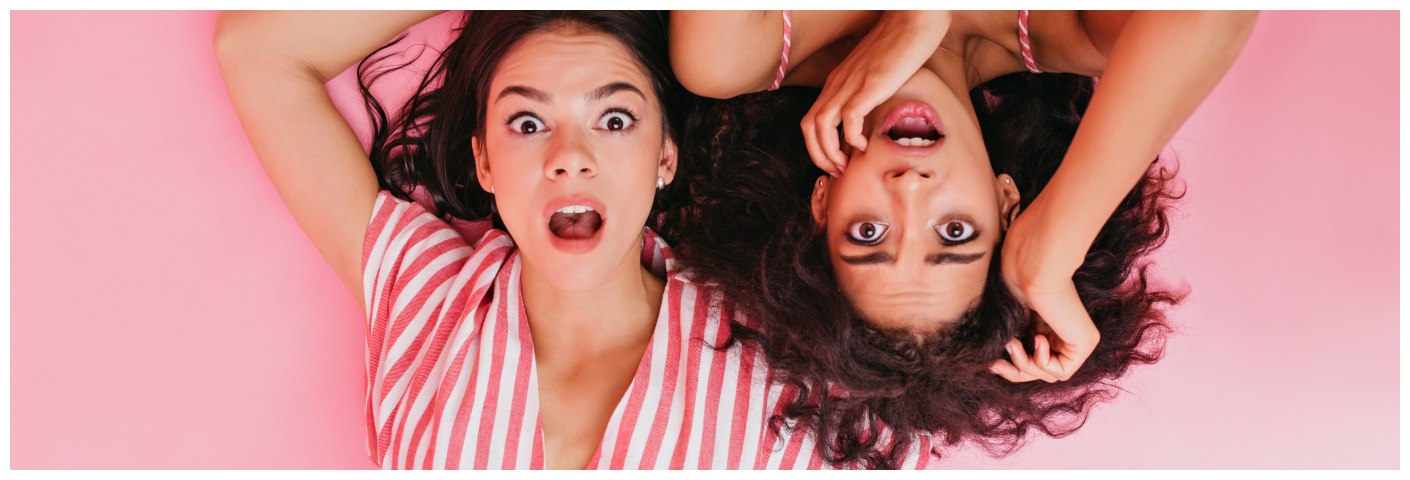MY FIRST PERIOD
My First Period
When Will I Get My First Period?
The average age for the first period is around 12.5 years, but it can occur anytime between the ages of 10 and 14. A first period at 8-10 years is considered early, while 14-16 years is considered late. Generally, a first menstrual period at any age between 8-16 years is normal, provided there are no other physical, psychological, or hormonal issues.
It's important not to compare yourself to others because hereditary factors mean each girl's experience is unique. If you have concerns, it’s best to talk to your family or consult a healthcare professional.
What is the First Menstrual Bleeding Like?
The first period is usually light, often starting with spotting. The color of menstrual blood can vary, starting as brownish discharge and transitioning to bright red bleeding. Typically, women excrete about 30-40 ml (4-5 tablespoons) of blood and tissue during their period. However, the first period is usually lighter than this. If the bleeding is heavy, it is important to consult a gynecologist.
How Long Does the First Menstrual Bleed Last?
The duration of the first period can vary widely. For some, it lasts 2-3 days, while for others, it can last up to a week. If the bleeding is heavy and lasts longer than a week, you should see a gynecologist.
When is the Second Period After the First?
A normal menstrual cycle lasts 21-35 days. However, irregularities are common in the initial years. Estrogen and progesterone levels may not yet be stable, leading to irregular cycles for the first 1-2 years. It’s helpful to keep track of your periods by noting the start date and duration.
Is Pain Normal During the First Period?
Period pain is common and is caused by contractions in the uterus as it expels blood and tissue. This pain can be felt in the abdomen, groin, and sometimes the lower back. Other symptoms like hot flashes, chills, headaches, and mood swings are also normal. Adopting habits to manage menstrual pain can help you feel more comfortable during your cycle.
Hygiene Routine Recommendations during Your Period
Maintaining proper hygiene during your period is crucial for both your physical and mental well-being. Here are some recommendations to help you stay clean and comfortable:
1.Frequent Pad and Underwear Changes:Period blood can promote bacterial growth, leading to unpleasant odors and potential infections. To prevent this, change your pad and underwear frequently. Opt for cotton underwear as it is more breathable and less likely to cause irritation compared to synthetic materials.
2.Prevent Skin Irritation:To avoid skin irritation and discomfort, change your pad regularly, especially as soon as it feels wet or uncomfortable. This helps keep you feeling fresh and reduces the risk of developing rashes.
3.Bathing and Showering: It's a common myth that you shouldn't bathe during your period. In fact, taking a bath or shower can be very beneficial. Hot water can help alleviate menstrual cramps and relax your muscles. Feeling clean can also improve your overall sense of comfort and well-being.
4.Use Specialized Cleansing Wipes:Consider using special cleansing or hygiene wipes designed for the intimate area. These can help keep the inguinal area clean and fresh, especially when you're on the go.
5.Stay Comfortable and Confident:Prioritize your comfort and hygiene to ensure you feel your best during your period. When you take care of your hygiene, you can enjoy a smoother and more pleasant period experience.
How To Remove Blood Stains From Fabrics and Clothes?
By following these simple hygiene practices, you can maintain cleanliness and comfort throughout your menstrual cycle.
Removing blood stains from fabrics and clothes can be simple if you act quickly and use the right techniques. Here are some effective methods to help you tackle blood stains:
Immediate Action: Cold Water
1.Rinse with Cold Water: As soon as you notice the stain, hold the fabric under cold running water. This helps to flush out the blood before it has a chance to set.
Starch and Salt Paste
1.Prepare the Mixture: Mix one teaspoon of salt and one teaspoon of cornstarch with a small amount of water to create a paste.
2.Apply the Paste: Spread the paste onto the stain and gently rub in a circular motion.
3.Let it Sit: Allow the paste to sit on the stain for about 10 minutes.
4.Wash: Rinse off the paste and then wash the fabric in the washing machine as usual.
White Vinegar
1.Pour Vinegar on the Stain: Apply white vinegar directly to the blood stain.
2.Let it Sit: Allow the vinegar to soak into the fabric for a few minutes.
3.Wash: Wash the fabric in the washing machine.
New Detergents
1.Use Effective Detergents:Many modern detergents are specifically formulated to tackle blood stains. Follow the instructions on the detergent package for best results.
By using these methods, you can effectively remove blood stains from your clothes and fabrics. Remember, the key is to act quickly and use the right products to prevent the stain from setting.





